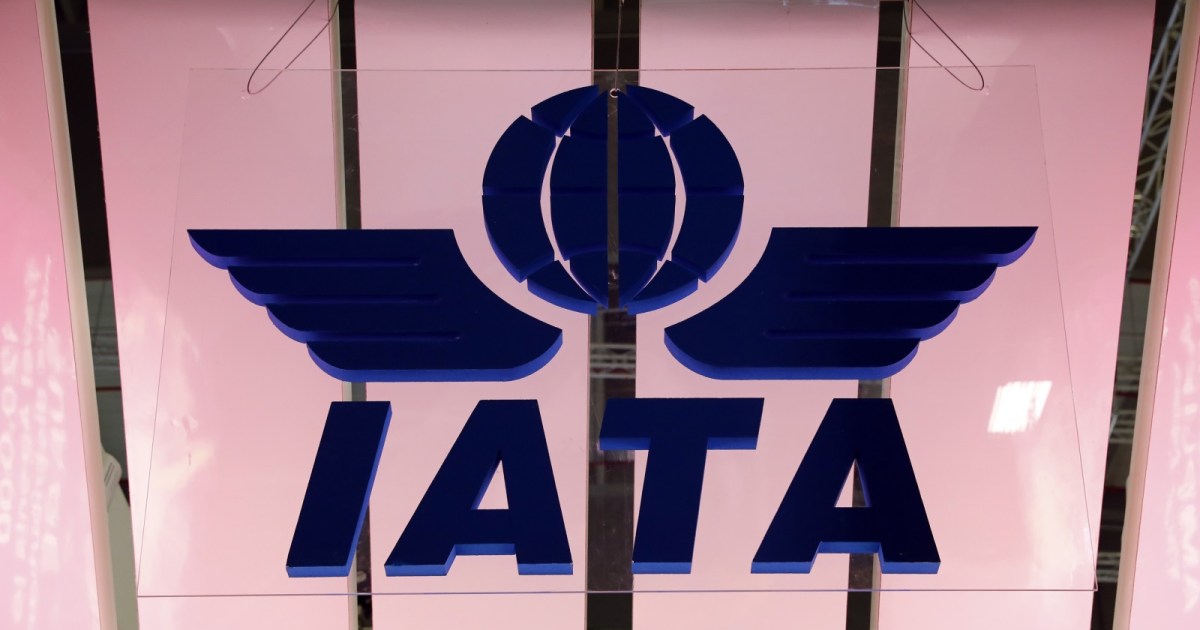play videoplay video
Video duration 02 minutes 24 seconds 02:24
Global air freight prices rose for the first time in 7 weeks ahead of the Lunar New Year in Asia, as attacks on cargo ships in the Red Sea prompted companies to resort to more expensive air freight.
Price data agency TAC Index said the Baltic Air Cargo Index - which shows weekly transaction rates for general freight across a number of routes - rose 6.4% in the week to Monday, reversing the trend of declines since the seasonal peak in mid-December. .
The Yemeni Houthi group's attacks on ships in the Red Sea - which began as an expression of solidarity with the Palestinians in Gaza - forced shipping companies to adopt longer routes that could add weeks to delivery times.
“The increase is in line with expectations that prices may rise following shipping disruptions in the Red Sea, although sources also indicate that prices often rise in the period leading up to the Chinese New Year,” the TAC index said.
Many factories in China close their doors for the 8-day holiday, which begins this year on February 10th, and companies seek to deliver inventory to customers before that.
Air freight prices from Shanghai rose 8.8% on a weekly basis yesterday, Monday, driven by significant increases to Europe.
Air freight rates outside Hong Kong also rose 5.9%, while air freight rates outside Southeast Asia jumped 10%.
The importance of the Red Sea
The Red Sea - which leads to the Suez Canal - is located on the main trade route between East and West, from manufacturing centers in Asia to Europe and then to the eastern coast of the Americas.
The Red Sea and the Suez Canal are located on a major trade route through which about 12% of global shipping traffic passes, and the Suez Canal is the shortest sea route between Asia and Europe.
In recent weeks, shipping companies have resorted more to using air freight, and some customers have begun to ship goods entirely or partially by air to avoid delays.
Several German, French, and American logistics companies said they are working to provide additional space for air freight.
Logistics sources added that customers are studying multimodal shipping opportunities, such as shipping by sea to the Middle East, then by air to Europe.
However, air freight rates remained relatively stable, given that the shipping crisis coincided with a calm in demand after the New Year holidays.
Global air freight rates have taken a downward trend since early 2022 from their all-time highs during the Corona pandemic.
The air freight index for the Baltic region fell by about 24% year-on-year yesterday, Monday.
According to data from the International Air Transport Association (IATA), air freight - which is more expensive than sea freight - represents less than 1% of global trade in terms of volume.
Source: Reuters

